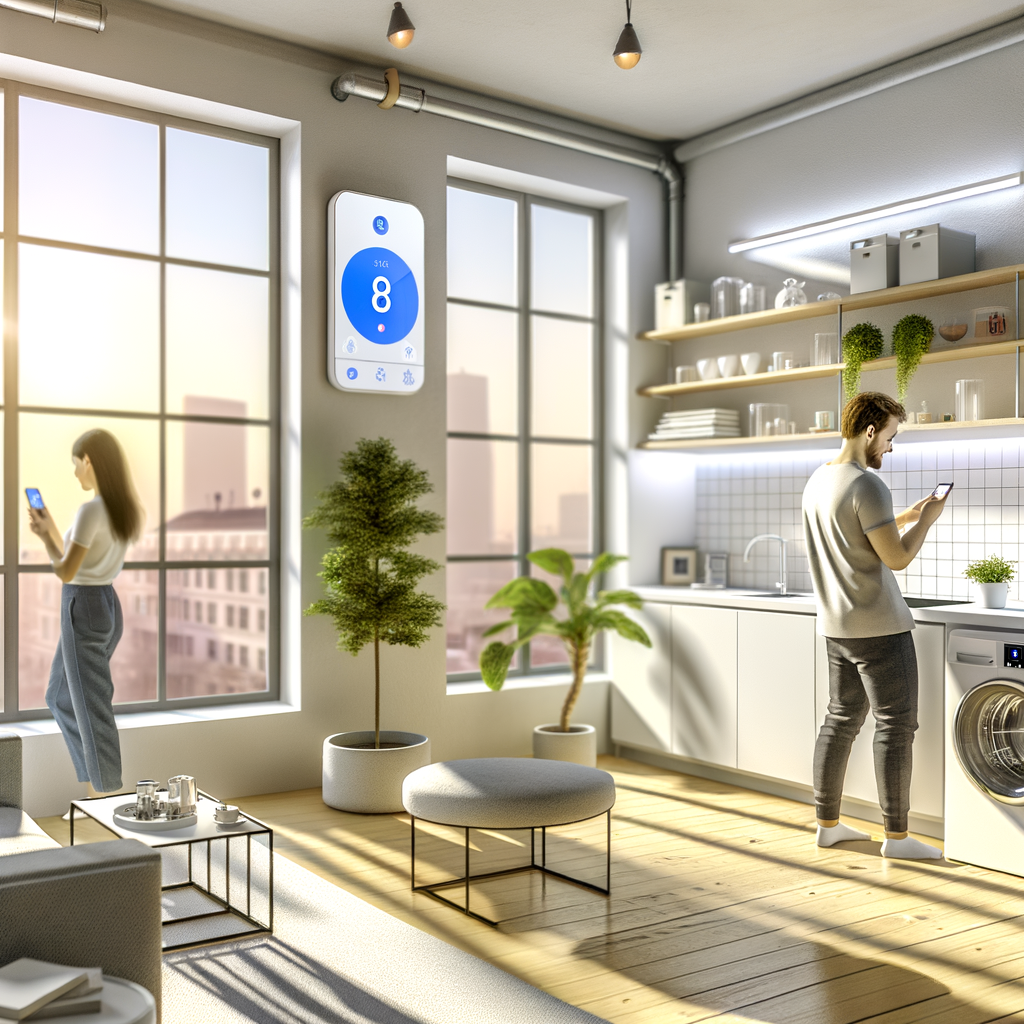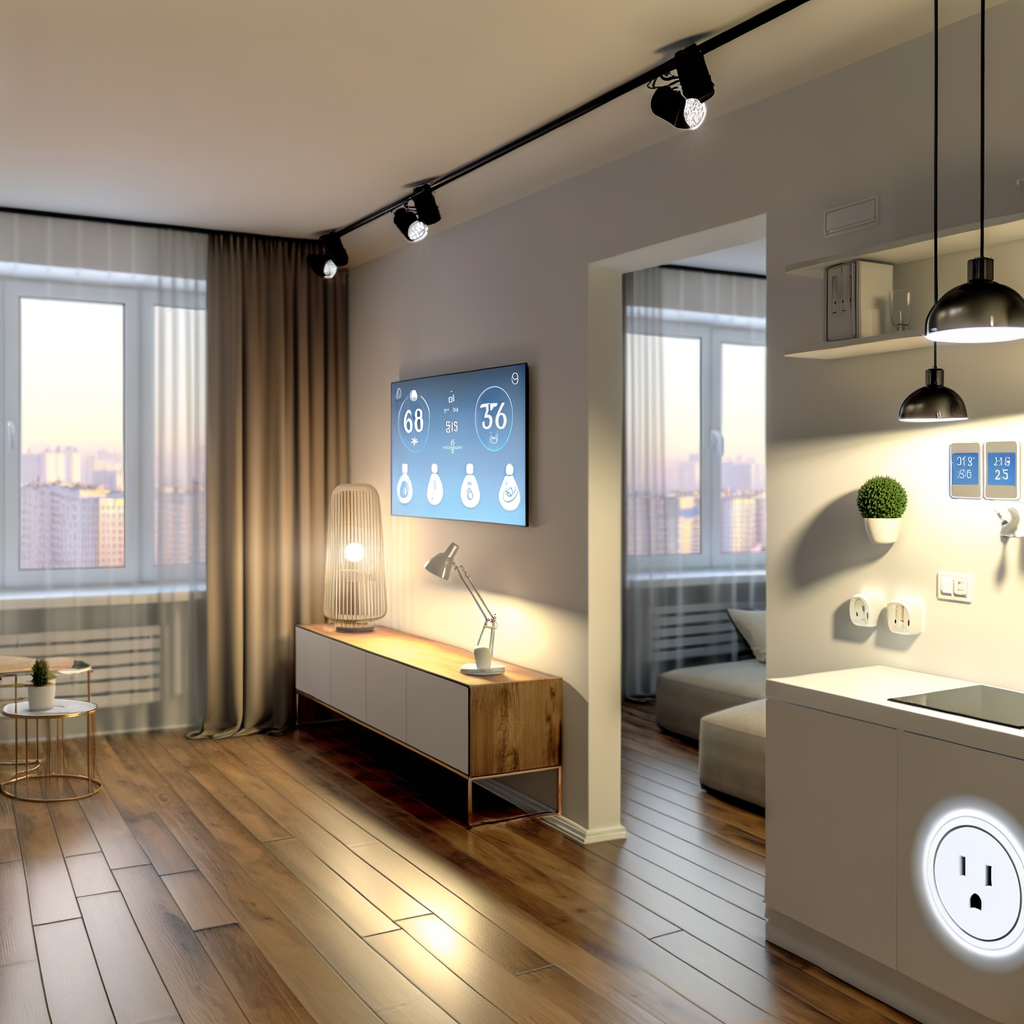Myth-Busting Smart Energy: 7 Common Misconceptions Renters Have About Eco-Friendly Tech
Thinking about making your home greener but feeling unsure about whether smart energy tech is worth it? You’re not alone. Renters face unique challenges—and misconceptions—when it comes to adopting eco-friendly technology. Many believe these upgrades are expensive, complicated, or simply not allowed in rental properties. The truth? Smart energy solutions are more accessible and renter-friendly than ever.
In this thorough guide, we’ll tackle seven widespread myths about eco-friendly tech for renters, debunk the misinformation, and empower you with actionable advice to start reducing your energy use (and bills) right away.
1. “Smart Energy Tech Is Just for Homeowners”
The Myth
Many renters assume that smart energy devices—like smart thermostats, plugs, or lighting—are off-limits unless you own your home. The fear of violating lease agreements and the idea that installations require permanent changes keeps many from even investigating.
The Reality
- Many devices are designed for temporary or tool-free installation (think: smart plugs, light bulbs, and even some thermostats).
- Wireless and battery-operated options abound, so you won’t normally need to deal with wiring changes or wall damage.
- Most landlords allow non-invasive upgrades. If you’re unsure, ask for written approval.
- When you move, nearly all these devices can go with you.
Renters’ Action Plan
- Start with simple, plug-and-play devices like smart plugs or LED bulbs.
- If interested in a smart thermostat, check if your rental uses a “C-wire” (common wire) or choose a battery-powered model. Always consult your landlord.
- Document and photograph any installation for your records.
2. “Eco-Friendly Tech Costs Too Much”
The Myth
Smart thermostats, energy monitors, and other green gadgets are expensive—right? For cost-conscious renters, the initial investment often feels out of reach.
The Reality
- Entry-level smart devices now cost less than $25 (e.g., smart plugs, LED bulbs).
- Many smart upgrades pay for themselves in under a year by reducing your utility bills.
- Some local utility companies offer rebates or incentives for renters who upgrade to efficient tech.
- Prioritize one area—like lighting or appliance control—rather than upgrading everything at once.
Renters’ Action Plan
- Look for package deals or certified refurbished smart devices online.
- Check your utility provider’s website for rebates on lighting, thermostats, or water-saving devices.
- Borrow or split the cost of larger “hub” devices with roommates.
3. “Smart Energy Setups Are Too Complicated”
The Myth
Some renters imagine they need advanced tech skills to set up smart home devices, or that installations take hours. The risk of malfunction or failure discourages those less tech-savvy.
The Reality
- Modern smart devices are made for DIY installation and typically work right out of the box.
- Setup usually takes minutes—just plug in, download an app, and follow simple instructions.
- Many brands offer step-by-step videos and 24/7 tech support.
- You can manage nearly everything from your phone—no need for complicated wiring or remotes.
Renters’ Action Plan
- Read device reviews to find products praised for ease of set-up.
- Watch unboxing or installation videos before you buy.
- Join online renter or smart home forums for peer support.
4. “You Can’t Make a Difference in a Rental”
The Myth
Why bother with eco-friendly upgrades if you don’t control the building’s insulation or major appliances? Some believe individual efforts just don’t matter in the bigger picture.
The Reality
- Renters make up one-third of U.S. households; small changes multiplied across millions of units can create major impact.
- Smart energy tech helps you save water and electricity—even if your building is old or leaky.
- Using devices like smart plugs or energy monitors can reduce your energy use by up to 15 percent.
- Advocacy matters: when renters ask for energy upgrades, property managers listen.
Renters’ Action Plan
- Track your own energy use and share results with your landlord—it may inspire upgrades for everyone.
- Collaborate with neighbors to ask property managers for building-wide improvements.
- Choose a low-impact lifestyle using portable tech that you can take with you to future rentals.
5. “Smart Tech Means Less Privacy”
The Myth
From cameras to connected speakers, privacy is a genuine concern. Some renters fear that “smart” equals “spied on,” especially when landlords supply devices.
The Reality
- Many popular smart plugs, bulbs, and thermostats don’t use cameras or voice recording at all.
- Device privacy settings can be adjusted; you choose what data, if any, to share outside your home.
- Look for third-party certifications (like UL IoT Security Rating or Energy Star Connected) for vetted security standards.
- You control the app permissions—meaning you decide what connects to the cloud.
Renters’ Action Plan
- Review and adjust privacy settings for every device you install.
- Avoid using landlord-provided voice assistants if you’re uncomfortable (and request their removal if possible).
- Opt for standalone devices that use local storage instead of cloud connectivity when privacy is a priority.
6. “Landlords Don’t Allow Smart Tech”
The Myth
Many renters assume landlords have a blanket ban on any rental modifications, including smart thermostats, security gadgets, or water-saving devices.
The Reality
- Most landlords want tenants who care for and invest in the property.
- Non-invasive smart tech is almost never prohibited. Smart plugs, bulbs, and showerheads don’t require landlord approval.
- More property managers are installing energy- and water-saving tech to boost property value and reduce maintenance calls.
- If you can demonstrate cost or maintenance benefits, many landlords will approve basic upgrades.
Renters’ Action Plan
- Get written permission for anything hard-wired or involving plumbing.
- Offer to let the landlord keep the device if you move, or agree to remove it and restore original fixtures.
- Share data on savings or positive reviews from prior tenants who upgraded.
7. “Eco-Friendly Smart Tech Can’t REALLY Save Money”
The Myth
It all sounds good in theory, but does upgrading to eco-friendly tech make a real dent in your monthly bills? Many renters are skeptical about the actual, tangible return.
The Reality
- Typical smart thermostats cut heating/cooling costs by 8-15%.
- Smart plugs and power strips prevent “vampire drain,” saving $50-$100/year on electronics alone.
- LED smart bulbs use up to 90% less energy than traditional bulbs—and last for years.
- Water-saving smart showerheads can reduce water bills by 20-30%.
Renters’ Action Plan
- Start with a single room or circuit and monitor your energy bills for month-over-month changes.
- Use free or low-cost smart plugs to find surprisingly wasteful appliances, then change usage habits.
- Combine small steps—a couple of LED bulbs, an energy




